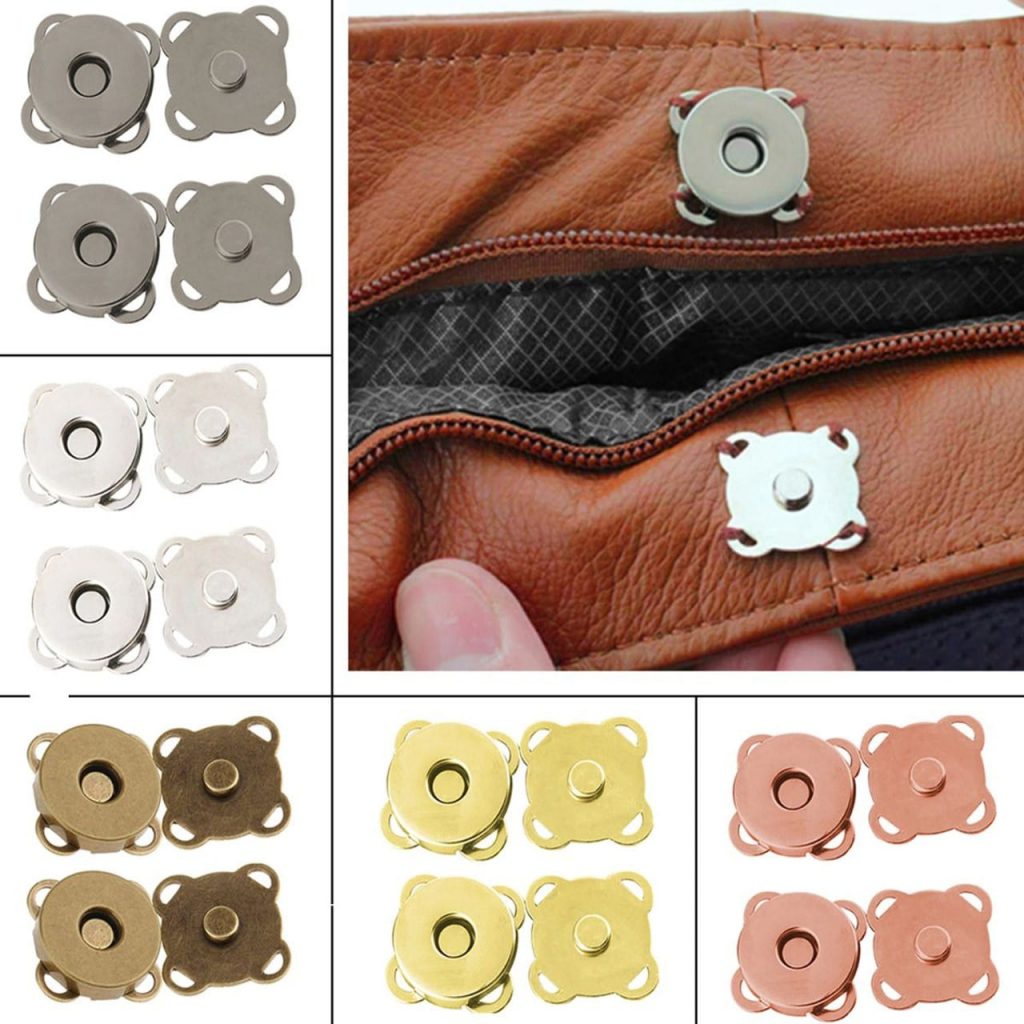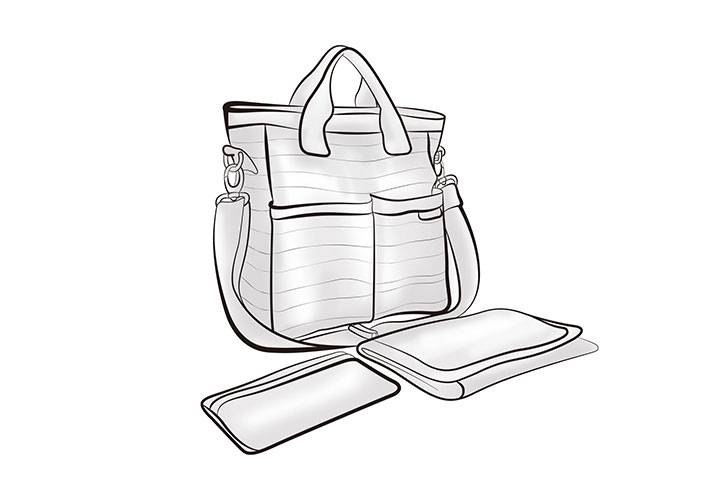Blogs & News
We have a lot of ideas and know-how about bags, material sourcing, sampling, production and a whole host of bag-related topics that we would like to share with you.
The Ultimate Guide to Handbag Hardware Selection: How OEM Factories and Manufacturers Shape Quality & Sales

When it comes to handbag manufacturing, fabrics and design often steal the spotlight. Yet, one crucial element is frequently underestimated—handbag hardware. From zippers and buckles to logo plates and chain straps, these small details determine not only the product’s aesthetic value but also its durability, user experience, and brand perception.
For emerging DTC handbag brands and e-commerce sellers, mastering handbag hardware selection is no longer optional—it is the difference between a product that sells once and one that becomes a long-term bestseller.

Why Handbag Hardware Directly Impacts Perceived Quality and Sales
A customer may first be drawn to a handbag’s silhouette and color, but during actual use, hardware performance shapes their long-term impression of the brand.
Three Ways Hardware Influences Sales
- Elevates Perceived Value
- Enhances Durability and User Satisfaction
- Strengthens Brand Identity
How an OEM Handbag Factory Ensures Hardware Quality
Partnering with an experienced handbag OEM factory gives brands access to professional hardware sourcing and strict quality control processes.
OEM Factory Advantages in Hardware Selection
- Established Supply Chains: OEMs work with trusted hardware suppliers for zippers, clasps, rivets, D-rings, and more.
- Customization Capabilities: Logo engraving and bespoke shapes boost branding and product differentiation.
- Surface Treatments: Options like electroplating, brushing, matte finishing, or powder coating extend durability.
- Rigorous Testing: Leading factories perform abrasion resistance, salt spray (anti-rust), and tensile strength tests to meet export standards.
Case Study: A European DTC brand initially used standard iron zippers. After switching to rust-resistant alloy zippers recommended by their OEM factory, costs increased by only $0.30 per unit. However, return rates dropped by 15%, and monthly sales for that SKU grew by 30%.

Hardware Selection Insights from Professional Handbag Manufacturers
Seasoned handbag manufacturers leverage years of experience to recommend the right hardware for different product categories and market segments.
1. Zippers
- Types: Nylon, resin, and metal.
- Key Considerations: Smoothness, precision in teeth alignment, wear resistance.
- Pro Tip: Premium bags often rely on YKK zippers for consistent quality.
2. Clasps and Buckles
- Varieties: Magnetic snaps, side-release buckles, turn-locks.
- Key Considerations: Ease of use, secure fastening, visual appeal.
- Pro Tip: Magnetic clasps suit handbags; turn-locks add a luxury touch.
3. Logo Plates & Chains
- Value: Enhances branding and visual impact.
- Consideration: Anti-oxidation coating is essential to prevent tarnishing.
4. Rivets & D-Rings
- Function: Provide reinforcement for straps and handles.
- Pro Tip: For heavy-duty bags, choose solid metal components to avoid breakage.
5. Pull Tabs & Zipper Pullers
- Value: Small but important—ergonomic pullers elevate user experience.
A Practical Guide to Choosing the Right Handbag Hardware
For DTC brands and e-commerce sellers, here is a step-by-step framework to simplify hardware decisions:
Step 1: Define Your Market Positioning
- Luxury / Premium: High-gloss plating + customized logos.
- Fast Fashion: Cost-efficient yet durable components.
- Functional / Outdoor Bags: Rust-proof and tensile-tested hardware.
Step 2: Match Hardware to Use Cases
- Daily Commute: Smooth zipper operation is critical.
- Travel Bags: Secure buckles and locks ensure safety.
- Evening Bags: Decorative elements (chains, clasps) create perceived luxury.
Step 3: Conduct Rigorous Testing
- Salt Spray Test: Ensures resistance to rust and corrosion.
- Tensile Strength Test: Verifies buckles and clasps withstand weight.
- Cycle Testing: Simulates repeated use for snaps and zippers.
Step 4: Evaluate Cost vs. MOQ
- Customized hardware often requires minimum order quantities (500–1000 pcs).
- For startups, leveraging existing hardware catalogs from OEM factories minimizes upfront costs.
Common Mistakes in Handbag Hardware Selection
- Over-prioritizing Aesthetics
- Ignoring Anti-Rust Treatment
- Neglecting User Experience
- Blindly Following Trends

Final Thoughts: Hardware is the Hidden Hero of Handbag Design
In the handbag industry, hardware is the silent differentiator. While fabrics and silhouettes grab attention, it’s the zippers, clasps, rivets, and logo plates that decide whether customers return for a second purchase.
For DTC brands and e-commerce sellers, working closely with experienced handbag OEM factories and manufacturers ensures every component is tested, reliable, and aligned with your brand’s market goals.
Remember:
- Fabric defines the look, but hardware defines the reputation.
- A true best-seller isn’t just about design—it’s about the uncompromising details customers can feel with every use.

